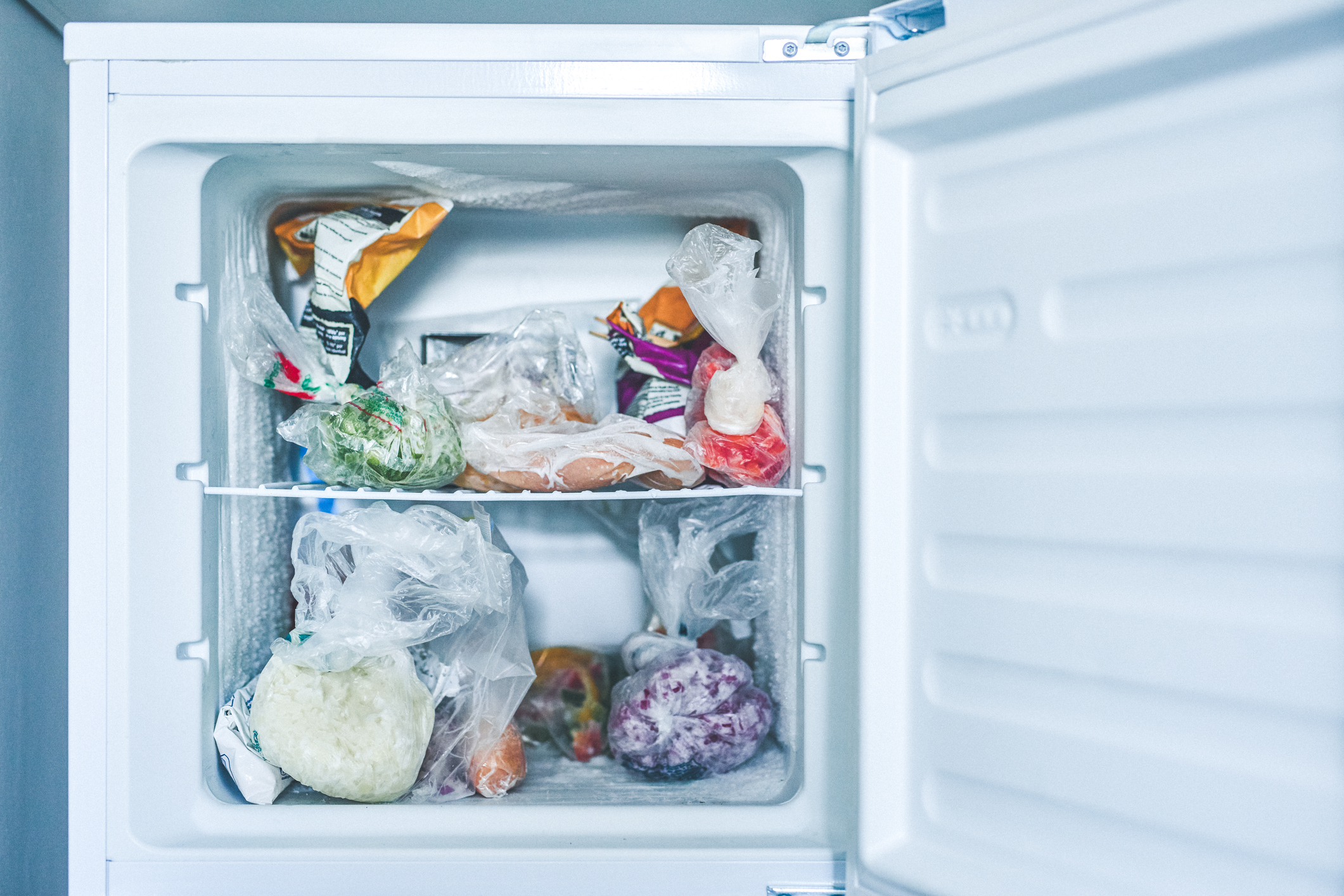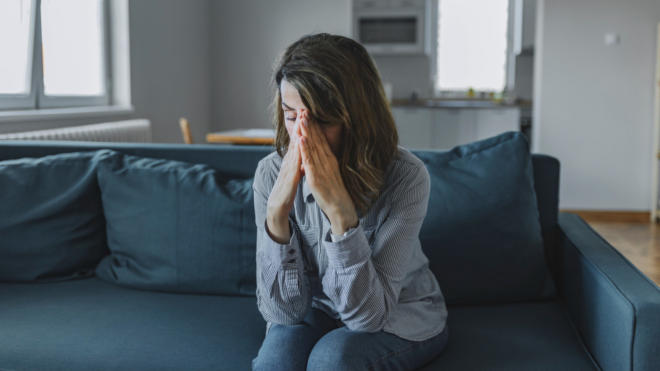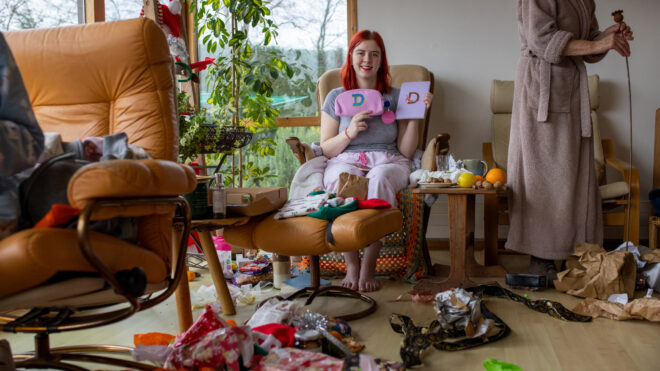
The post-holidays lull has settled. The kids are playing with their new toys. You've finally thrown away that stale gingerbread house and your household is leaning into the new year rhythm. Everyone is happy and tired. All is calm. All is bright.
Until you look at the credit card bill. After that, things are not exactly calm or bright.
You’re now stressed and maybe a little regretful of all your recent spending. But since there’s no going back, the only thing to do is make smart choices moving forward. Enter a No-Spend Month.
More from CafeMom: 16 Real Moms Open Up About What It's Like Managing the Family Budget
What is a No-Spend Month?
A No-Spend Month is exactly what it sounds like: You only buy preplanned necessities. For an entire month, you don’t spend money on things you don’t need.
Many people choose to do a No-Spend Month after the holidays. It’s a great way to reset or reign in excess spending. Some people do it to catch up on bills, curb unnecessary habits, or just pause after more spending than normal.
Yes, you’ll still need to buy some things. Items such as gas, groceries, and child care are a given. And of course you still pay your mortgage, your rent, and your other bills. You’ll obviously still purchase the important things.
But what about the other things? The more … unnecessary ones? Those are what you’re not going to spend money on for an entire month.
Examples of things you might not buy during a No-Spend Month:
- Coffee out
- Clothes
- Hair, nails, excessive beauty treatments, etc.
- Alcohol
- Impulse buys
Why do a No-Spend Month?

Doing a No-Spend Month resets your spending. It helps you focus on the things you need. It allows you to use up what you have, prioritize financial goals, and pause before clicking on that Buy Now bar.
You can save money to put toward bigger or more meaningful purchases. Sure, it’s not fun to go without that $7 coffee once a week. But now you can put the amount you would’ve spent into paying off your car or some other debt.
You can use up what you have before buying something new. As humans in a consumerist society, we gravitate toward the latest and greatest. We tend to buy more of something before checking to see if we have it (or something similar) already. A No-Spend Month allows you to take inventory of what you have before buying something new.
Fewer purchases means less physical stuff. Want to go into the new year clearing out some clutter? Don’t buy anything else you’ll need to organize or store.
More from CafeMom: How To Set a Family Grocery Budget To Help Fight Inflation
Tips for a No-Spend Month

-
Keep track of things you really want to purchase: After the month is over, reevaluate your “wish list.” See if those are still things you want or need.
-
Don’t go it alone: Try this challenge with a spouse, partner, or friend. Accountability helps!
-
Record everything: Physically record your progress. We all love checking days off a countdown or marking up a list. Record the days you do this challenge successfully. Give yourself a point for each day you don’t spend. And maybe mark days you gave in to a frivolous purchase.
-
Set goals: An entire month is a long time. Chunk it up. Get through a week at a time. Think about how much you’re saving. You can even write down the amount of things you want to buy, add it up at the end of the month, and celebrate how much you “saved” by not buying those things!
-
Opt out: Unsubscribe from emails, texts, or other notifications encouraging you to spend money. Hide groups or pages that might tempt you to impulse buy. Delete apps that are easily accessible on your phone, too. Here’s lookin’ at you, Amazon.
-
Make your own rules: What works for you may not work for your friend. A No-Spend Month doesn’t have hard and fast rules. Make up your own rules. Set goals that work for you and your family’s financial situation.
-
Find the happy medium: It should be challenging, but you don’t want to make a No-Spend month unattainable. Find the middle ground for your family.
It doesn’t matter how you decide to do a No-Spend Month. Just be sure to figure out what rules and boundaries work for you and your family. What ultimately matters is that you stick to those boundaries for the entire month.
And finally, let’s say it together: “We have food (and coffee and treats) at home!”



